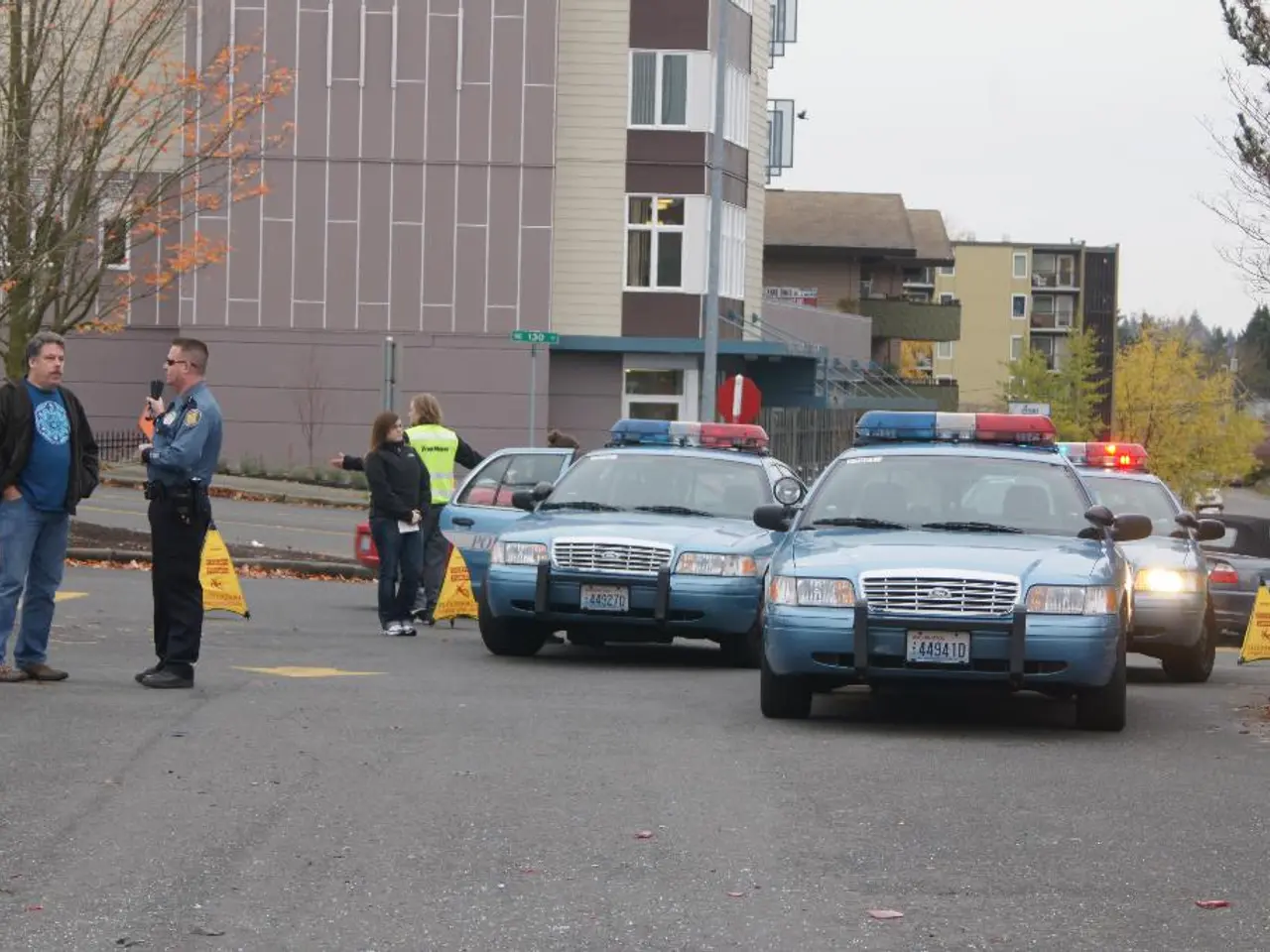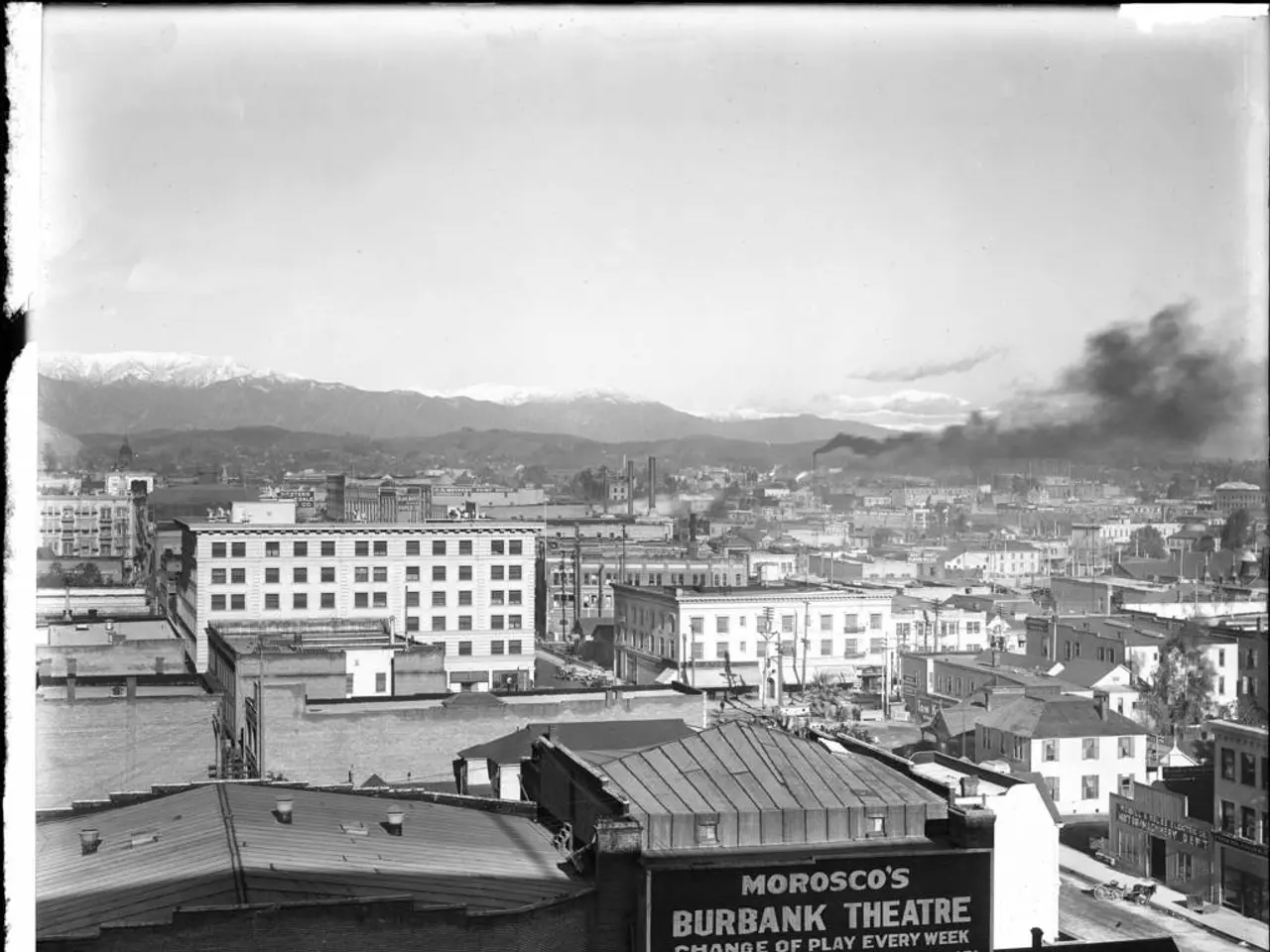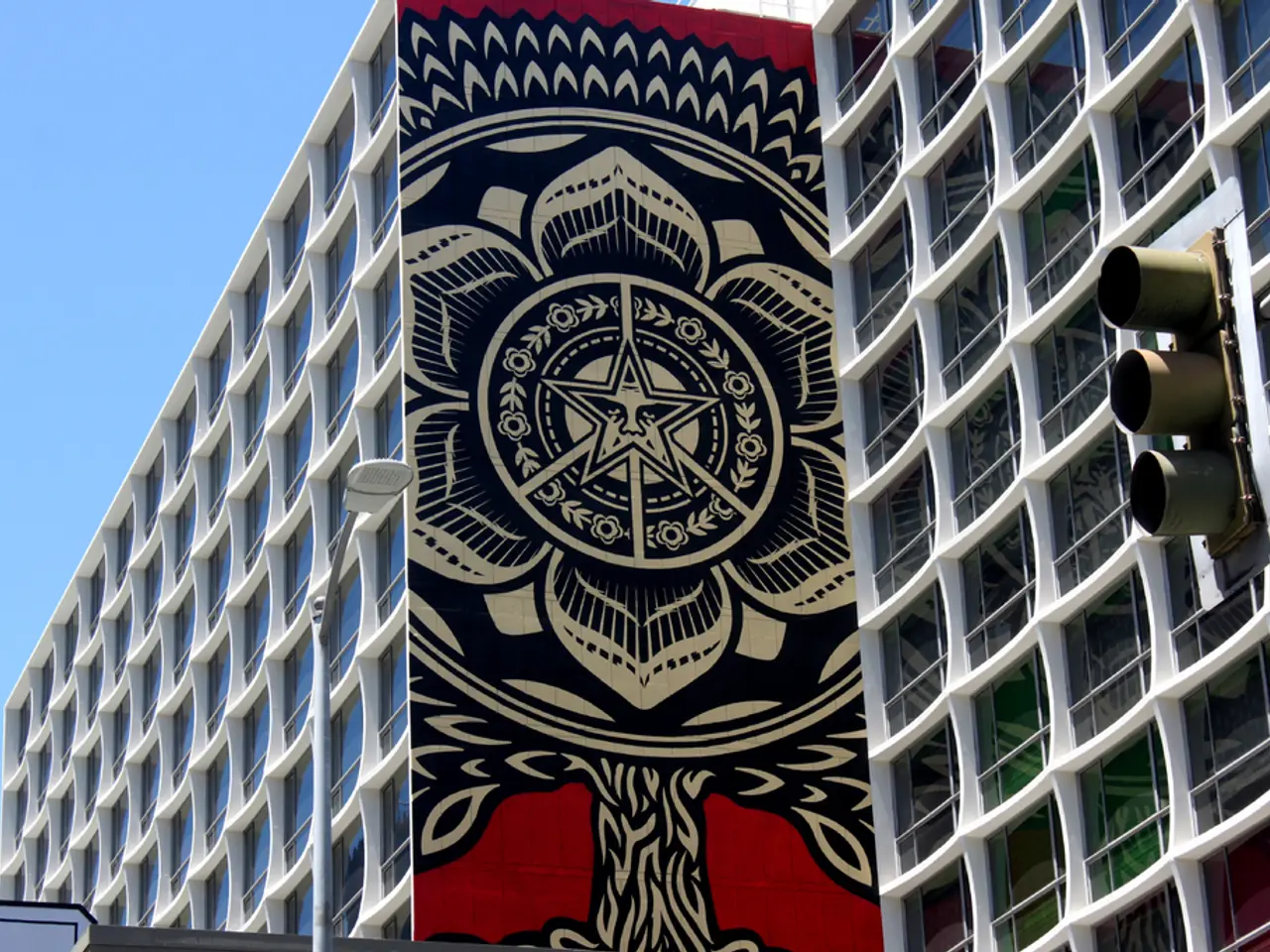NY region experiences minor seismic activity; USGS confirms magnitude at 3.0
In the heart of Saturday night, a mild earthquake with a magnitude of 3.0 jolted the New York metropolitan area. The epicentre of the quake was approximately 8 miles west of Central Park, with the New Jersey suburb of Hasbrouck Heights confirmed as its location.
Though the earthquake was not strong enough to cause significant damage, it was felt widely across the region due to efficient seismic wave propagation. One resident of New York's Brooklyn borough described it as a very brief tremor, while social media users reported feeling the earthquake as well.
Fortunately, there were no immediate reports of major impacts according to New York City Emergency Management. The official account of the Empire State Building confirmed it was unharmed on social platform X. The quake was milder than a 4.8-magnitude quake that occurred in Tewksbury, New Jersey in 2024.
Minor earthquakes of magnitude 2.0 to 3.5 occur in the New York metropolitan area about 2 to 4 times per year, with many smaller quakes of magnitude 1.0 to 2.5 happening regularly. These minor earthquakes, while often felt widely, cause minimal or no damage. Larger earthquakes, such as magnitude 4.8 events, are much less frequent and have the potential to cause significant damage.
The New York metropolitan area, including parts of New Jersey like Bergen County, experiences these minor quakes around ancient faults such as the Ramapo Fault. Despite the frequency of minor quakes, major damaging earthquakes are rare. The city's infrastructure is designed to withstand shocks up to around 6.5 magnitude, offering some protection against stronger tremors.
The depth of the earthquake was approximately 6.2 miles, which is not uncommon for seismic events in the region. Although these minor earthquakes can be unsettling, they pose little threat to the safety and well-being of the millions who call the New York metropolitan area home.
[1] USGS. (n.d.). New York City, New York Earthquake Information. Retrieved from https://earthquake.usgs.gov/earthquakes/state/new_york/
[2] National Geographic. (2020). Earthquakes in the Northeast U.S. Retrieved from https://www.nationalgeographic.org/encyclopedia/earthquakes-northeast-us/
[3] New York Times. (2017). What Happens When an Earthquake Hits New York City? Retrieved from https://www.nytimes.com/2017/02/11/nyregion/what-happens-when-an-earthquake-hits-new-york-city.html
[4] Smithsonian Magazine. (2018). Why Does New York City Get Earthquakes? Retrieved from https://www.smithsonianmag.com/science-nature/why-does-new-york-city-get-earthquakes-180968906/
[1] Apart from the latest earthquake, general news outlets often cover weather updates in the New York metropolitan area. On a typical day, residents can expect local weather forecasts along with updates about the region's geological events.
[2] Given the frequent occurrence of mild earthquakes in the New York metropolitan area and the region's susceptibility to weather-related hazards, understanding both general news and weather patterns is essential for the safety and well-being of its residents.








